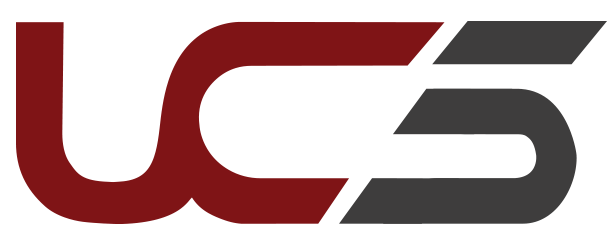The biggest ISO certification companies are spread all over the world, from Britain to Germany, Sweden, Portugal, Belgium, United Arab Emirates …etc. They are not based in a certain country or a specific region, which makes them more popular, successful, and easy to reach and contact.
All of us know how important it is to have quick response in terms of inquiries, and most importantly ISO certification companies’ inquiries. Clients require swift replies from the certification bodies to make their decisions on the spot. The quicker you can meet their needs, the more sales you’ll generate, reducing the likelihood of clients turning to other competitors.
Popularity
What makes ISO certification companies popular in the market across different fields is their quality of work, lead time and cost. Being the leading company in all aspects is not easy, because you need to be SMART in the way you think and manage your work, and in all the constituents of your day to day tasks.
We came across two points here, which are the “project management triangle”: three project management constraints (quality, time and cost), and the “quality objectives”: SMART objectives (Specific, Measurable, Attainable, Relevant and Time-bound). These two points are fundamental for success in any business, especially for ISO certification companies. This knowledge equips them to set company objectives in a SMART way and effectively manage projects by meeting the most sought after requirements from customers.
Distinction
ISO certification companies can be differentiated by their depth of knowledge in their own field, the extent of their flexibility and the scope of their creativity. While it’s good to know what’s already out there, being able to think of and apply new and creative ideas is even better. Be creative, use your own methods to do things well and keep improving.
Competition
It is important to know who your competitors are and always outperform them. ISO Certification Companies need to make their goals more difficult to reach if they want to improve further after reaching their small objectives, so that they can feel the difference when they achieve them and be the leader in their field of work.
How will you benefit from your competitors?
Companies count on differentiation to give the greatest product or service to customers. They invest in design, improve production procedures, and invest in employee training. They see innovation as a means to set themselves apart in a crowded market. As an ISO certification company, knowing your competitors strengths and weaknesses will help you focus on what they are not good at and improve yourself further. Moreover, you can develop your skills so that you can have their same strengths to be able to beat them. And don’t only look into what’s already there, you should also be vigilant for potential new competitors.
How will The customers benefit from competition?
Competitive dynamics between ISO certification companies result in a greater variety of products and services, higher quality, improved efficiency and competitiveness, and lower prices, which the consumer wants. In a competitive market, businesses will try to make their products different from the rest. This results in greater choice – so consumers can select the product that offers the right balance between price and quality. When a company engages in other anticompetitive practices, costs rise and customers suffer.
How will The individuals benefit from competition?
Competition also generates opportunities for individuals to enter the marketplace and start new businesses. It creates jobs and gives people a variety of employers and workplaces to choose from. Competition also decreases the need for governmental interference through regulation of business. A free market that is competitive benefits the consumers and the society while preserving personal freedoms.
Know-How, Know-Why, and Know-What
We always need to learn new things, and learning can be through different ways. Let’s discuss three of the methods that are used in learning; learning by doing (know-how), learning by studying (know-why), and learning by using (know-what). The first involves learning over time by performing the same task repeatedly. The second is experimentation and simulation to understand the principles underlying the functionality of a service/product. The third is interactions between vendors and customers which provide insights for the vendors on new ways of using the same service/product. ISO certification companies can use any of these methods, or the three of them, to attain their goals and give superior experience to their customers.
To learn more, connect with us through our website or through email.


